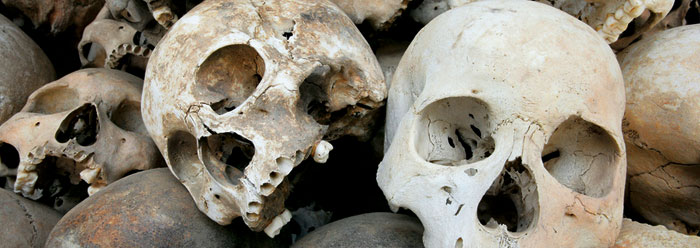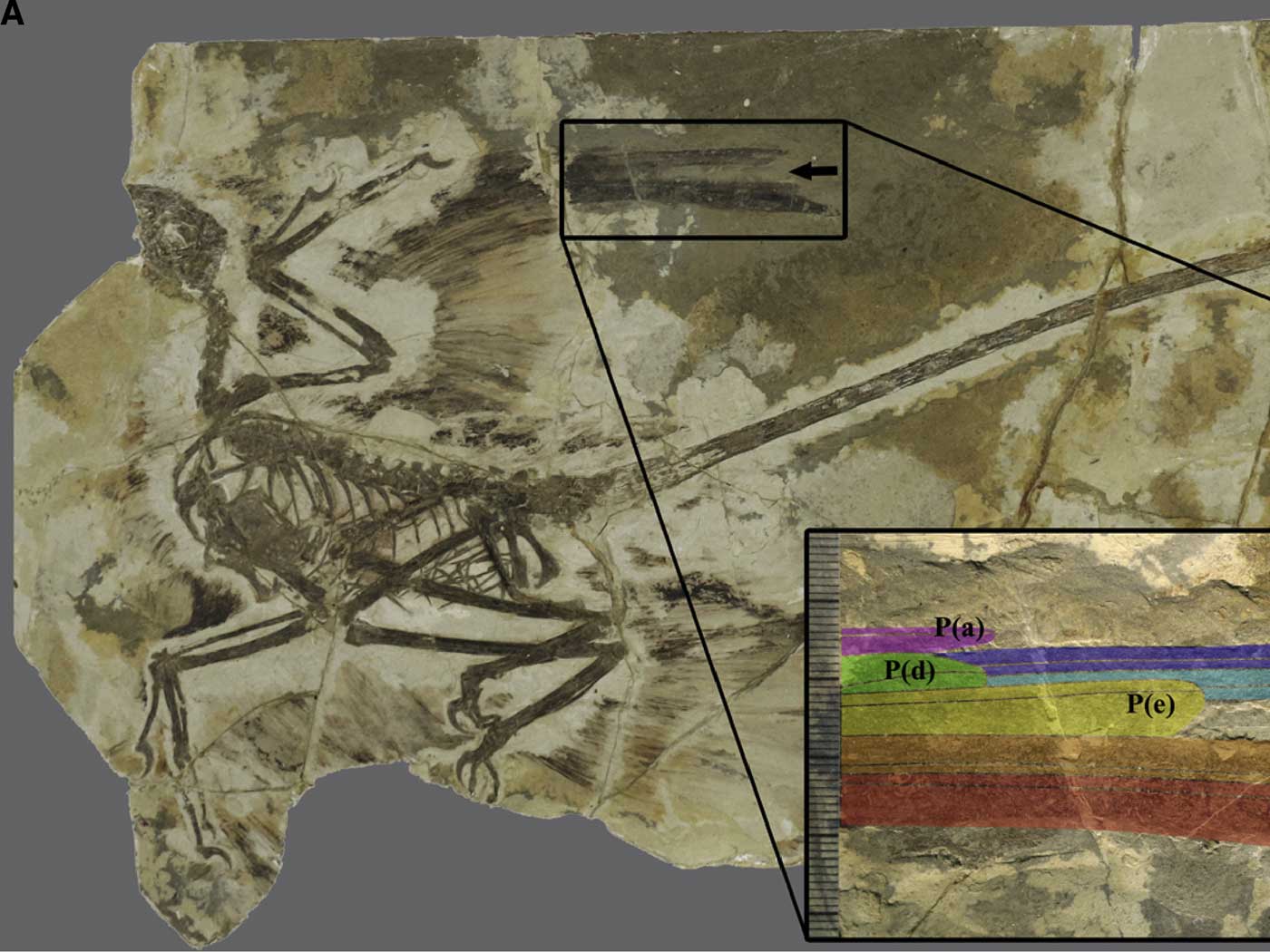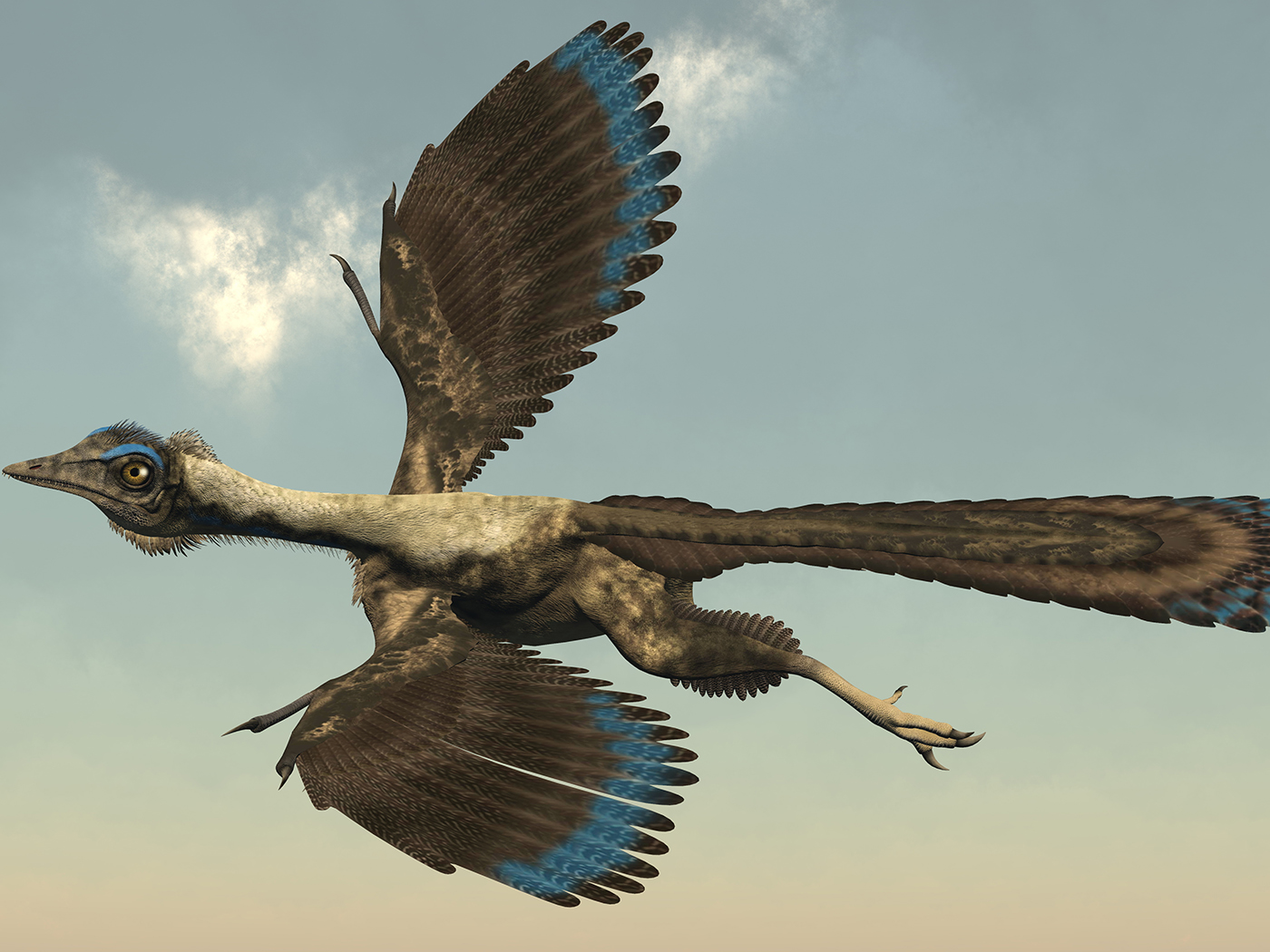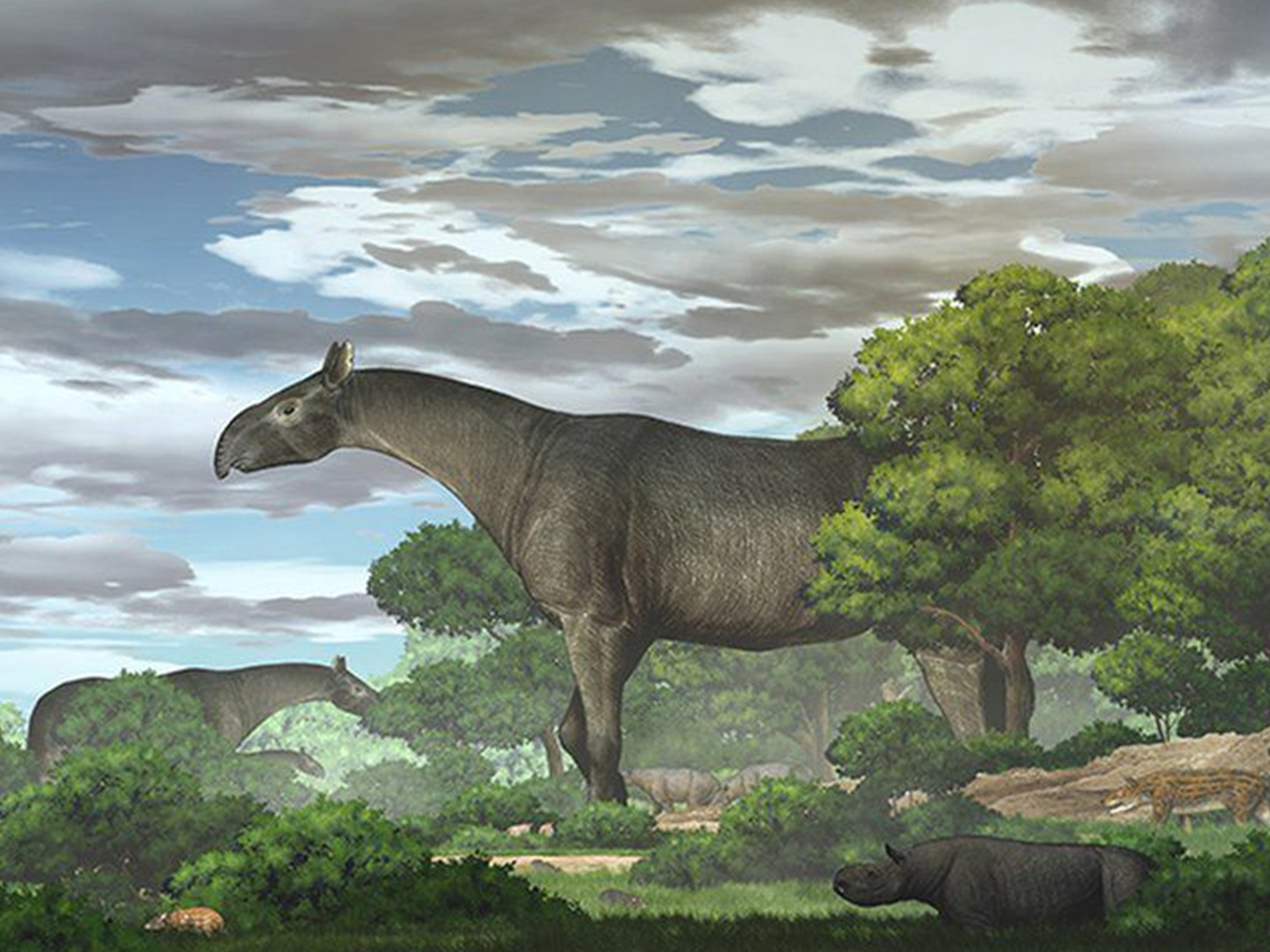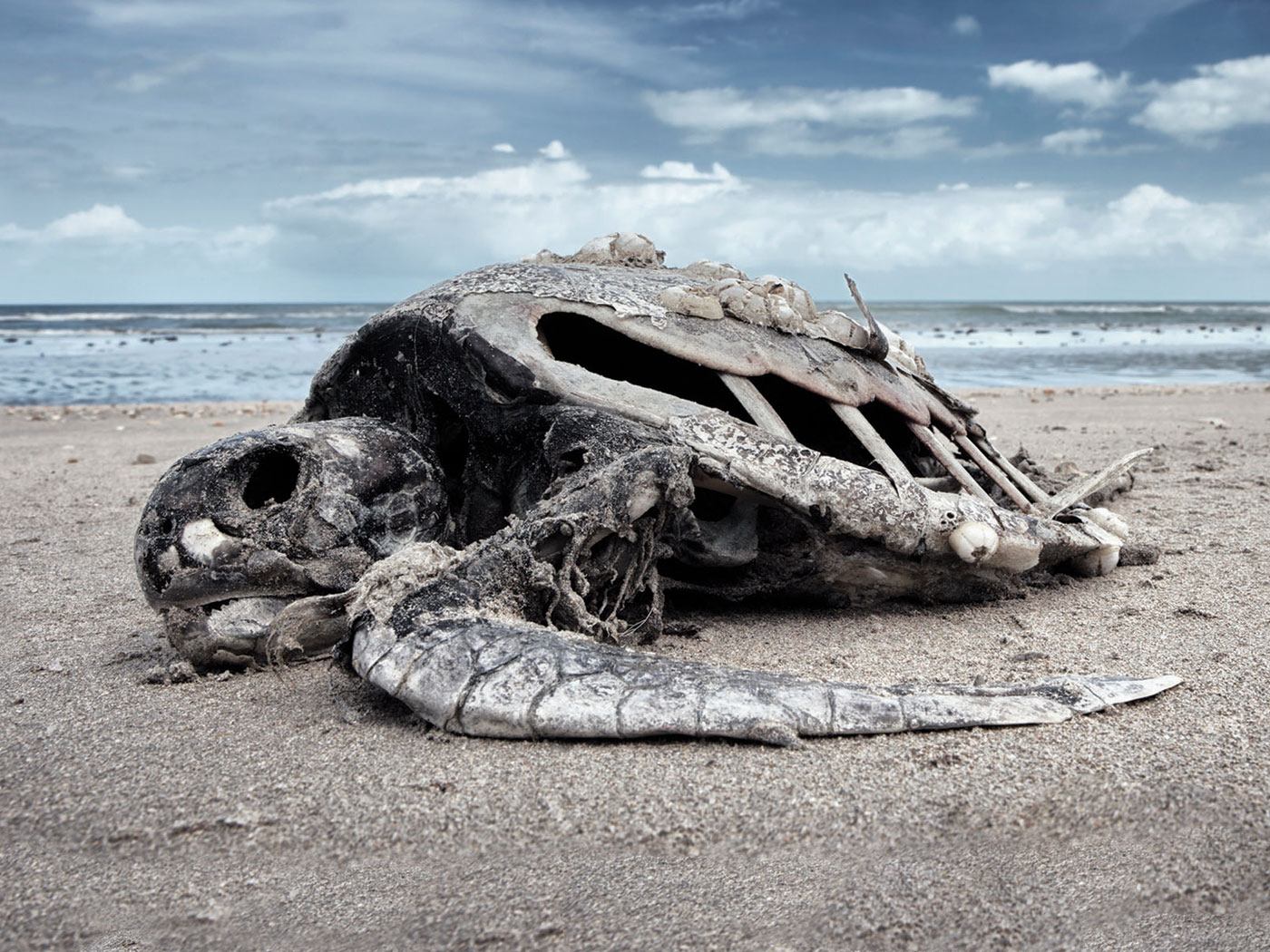The fossil record abounds with the remains of past life. If the creationist interpretation of the fossil record is basically correct, most of the fossils were deposited during the Flood of Noah's day, as "the world that then was, being overflowed with water, perished" (II Peter 3:6). These organisms were trapped and buried in ocean-bottom mud, which later hardened into sedimentary rock, fossilizing the organic remains.
But where are the pre-flood human remains? According to Scripture, the patriarchs lived long ages, and had large families and many years of childbearing potential. Where are their fossils?
First, we must rightly consider the nature of the fossil record. Over ninety-five percent of all fossils are marine creatures, such as clams, corals, and trilobites—mostly invertebrates with a hard outer surface. Of the remaining five percent, most are plants. Much less than one percent of all fossils are land animals. This encompasses reptiles (including dinosaurs)— amphibians, mammals, birds, and humans.
Land creatures have what we call a "low-fossilization potential." As land animals die in water, they bloat, float, and come apart. It is very difficult to trap a bloated animal under water, in order for it to be buried. Furthermore, scavengers readily devour both flesh and bone. Seawater and bacterial action destroy everything. The scouring ability of underwater mudflows, common during the Flood, would grind bone to powder.
Conversely, what land fossils are found were mostly laid down during the Ice Age— a land-oriented event following the Flood, which had the ability to bury animals in land-derived deposits. (And, by the way, there are human fossils in those sediments.)
But the purpose of Noah's Flood was to destroy the land communities—not preserve them—especially humans. Some creationists even postulate the pre-Flood continents were subducted down into the mantle, totally annihilating all remnants of the civilizations. In any scenario, what land fossils were preserved would be buried late in the Flood, near the surface, and would have been subject to erosion and destruction once again as the Floodwaters rushed off the rising continents.
Furthermore, we mustn’t over-estimate the pre-Flood population, by considering the patriarchal lives and families as typical, for "the earth (was) filled with violence" (Genesis 6:13). Bloodshed would no doubt have terminated many family lines in both humans and animals.
For purposes of discussion, let us assume 300,000,000 people died in the Flood, and that each one was preserved as a fossil evenly distributed in the sedimentary record, which consists of about 300,000,000 cubic miles. The chances of such a fossil intersecting the earth's surface, being found by someone, and then being properly and honestly identified is vanishingly small.
On the other hand, if evolution is true, and humans have lived on Earth for three million years, many trillions have lived and died. Where are their fossils? This is the more vexing question.
* Dr. John Morris is President of the Institute for Creation Research.
Cite this article: Morris, J. 1992. Why Don't We Find More Human Fossils? Acts & Facts. 21 (1).




